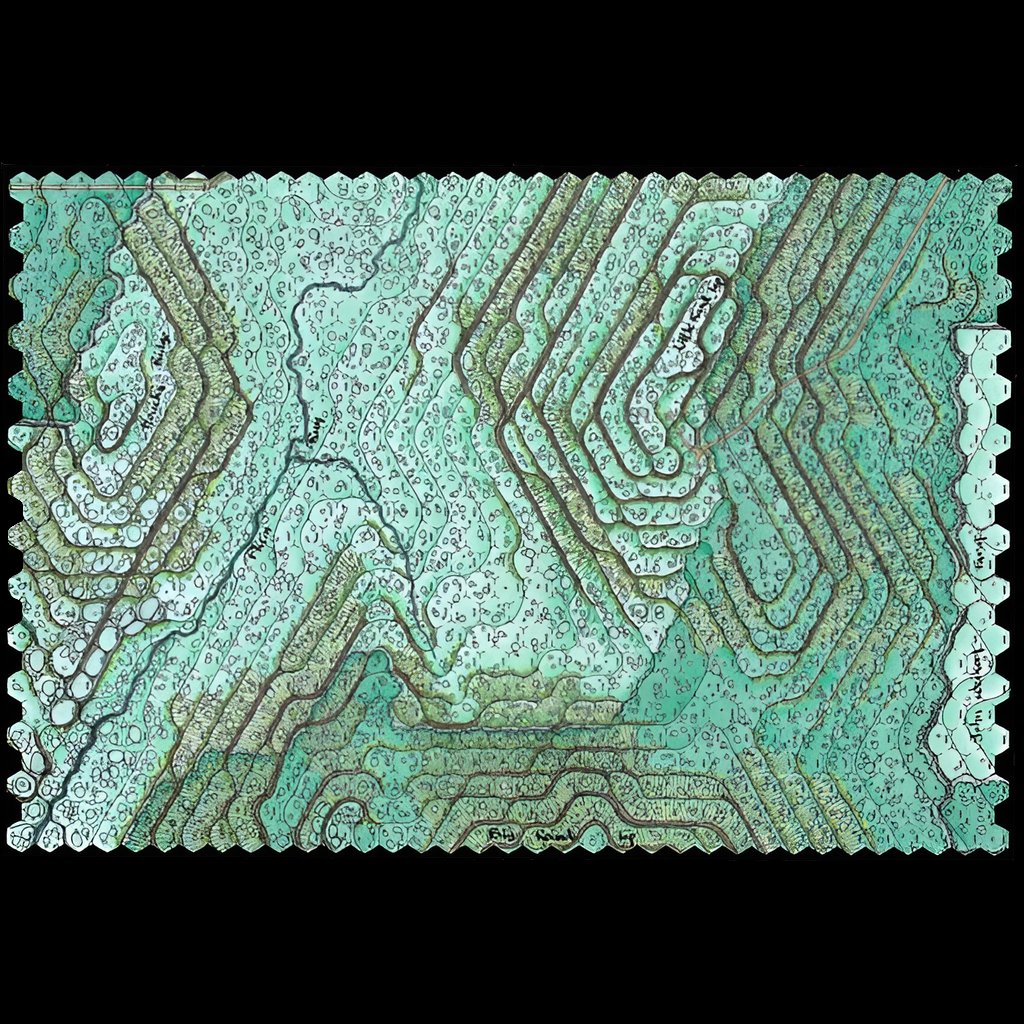Compass Games
Flanks of Gettysburg - Little Round Top - Culp's Hill - July 1863 - English Edition
Flanks of Gettysburg - Little Round Top - Culp's Hill - July 1863 - English Edition
No se pudo cargar la disponibilidad de retiro
Flanks of Gettysburg is a two, two-player games on a company level, simulating the two brigade sized flank attacks on Little Round Top and Culp’s Hill on July 2, 1863. Each assault is a separate game based on a chit-pull system that can be completed in several hours. Historically the Union bested rebel forces on both flanks because it fed enough reinforcements in to stem the gray tide But that is not to say that the rebels don’t stand a chance. They do.
FOG uses a chit pull system similar to John Poniske’s Ball’ Bluff and Belmont designs. Both games follow similar rules applying unique fire and movement, melee and order assignment. These are simple, rapid playing approaches to complex situations. FOG clocks in at three to three and a half hours per game and provides high solitaire capability.
The battles of Culp’s Hill and Little Roundtop demonstrated Lee’s determination to attack and envelop the Union Army of the Potomac. FOG does not attempt to recreate either grand assault in full, rather it presents the desperate three-hour finale that took place on the extreme ends in both cases These were the two instances when Lee came closest to claiming a Gettysburg breakthrough.
Culp’s Hill offers the Union prepared defensive positions but the liability of having reinforcements report to General Greene before joining the line. Little Round Top introduces artillery and sharpshooters and challenges players to exit or block the exit of Rebel forces between Little and Big Round Tops.
Each game offers a beautiful Rick Barber map and a low counter mix. Regimental draw chits allow companies to move, volley fire or melee at the player’s discretion. The ground over which the Confederates must assault is rough and at times movement under fire can be distressingly slow. Casualties mount rapidly until the rebels are close enough to exact revenge.
Attention! Images, components and colors may differ in the final product due to re-releases, modifications or additions to the product.
Share






